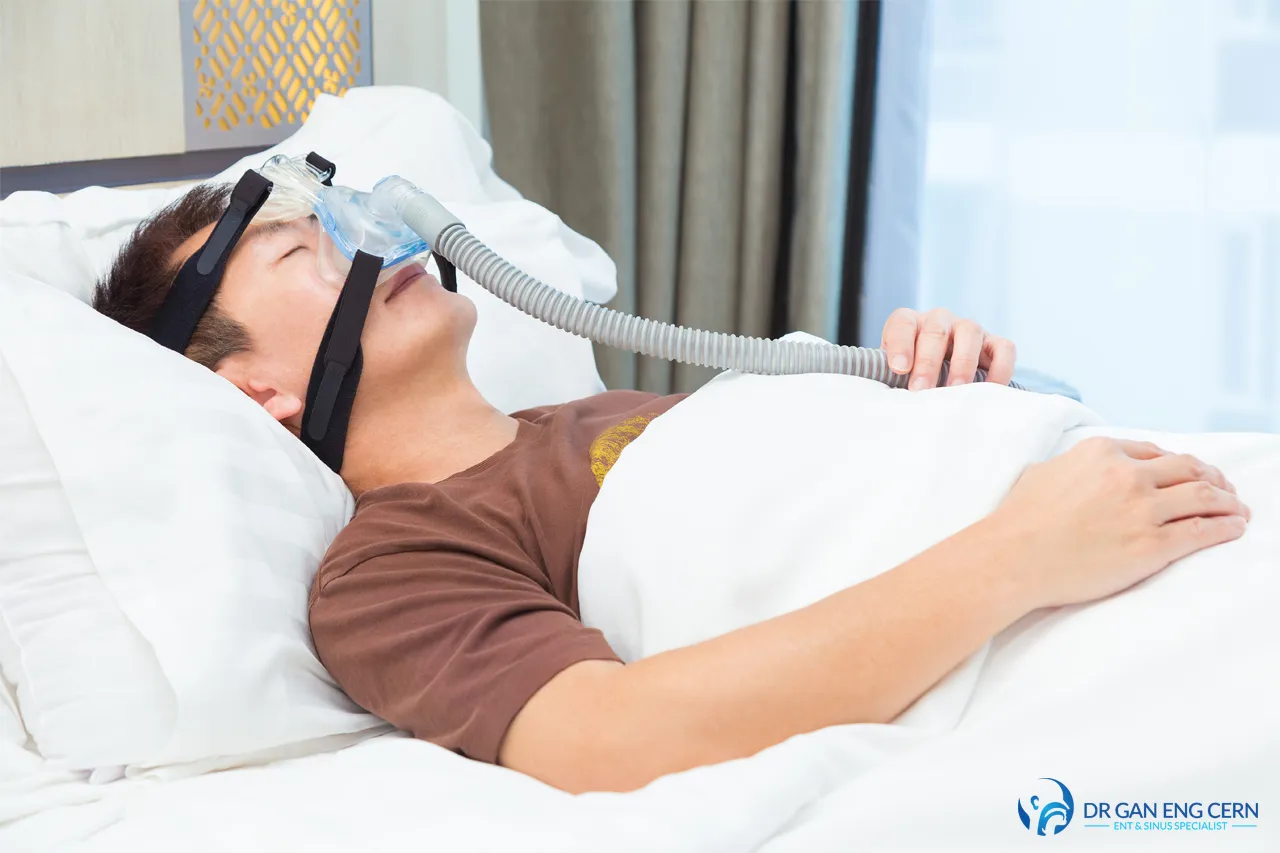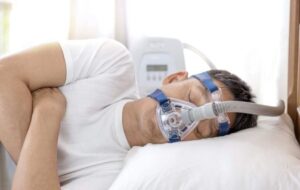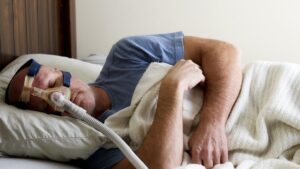Sleep apnea is a common yet serious sleep disorder characterised by repeated interruptions in breathing during sleep. Those suffering from this condition often experience excessive daytime sleepiness, fatigue, and a host of other health issues. For residents of Sydney, understanding how to get tested for sleep apnea quickly can be crucial in managing this condition effectively. This article will guide you through the testing process, the types of tests available, and the steps to take for swift diagnosis and treatment.
Understanding Sleep Apnea
Before delving into the testing process, it is essential to understand what sleep apnea is and its potential impacts on health. Sleep apnea primarily manifests in two forms: obstructive sleep apnea (OSA) and central sleep apnea (CSA). OSA is the most common type and occurs when the muscles at the back of the throat relax excessively, leading to a blockage of the airway. In contrast, CSA is less common and involves the brain failing to send proper signals to the muscles that control breathing.
Sleep apnea test Sydney is a significant health concern that affects many individuals in Sydney and beyond. Recognising the symptoms and understanding the testing process can lead to timely diagnosis and effective management. Whether opting for a home sleep test or an in-lab study, the key is to consult with a healthcare professional who can guide you through the process.
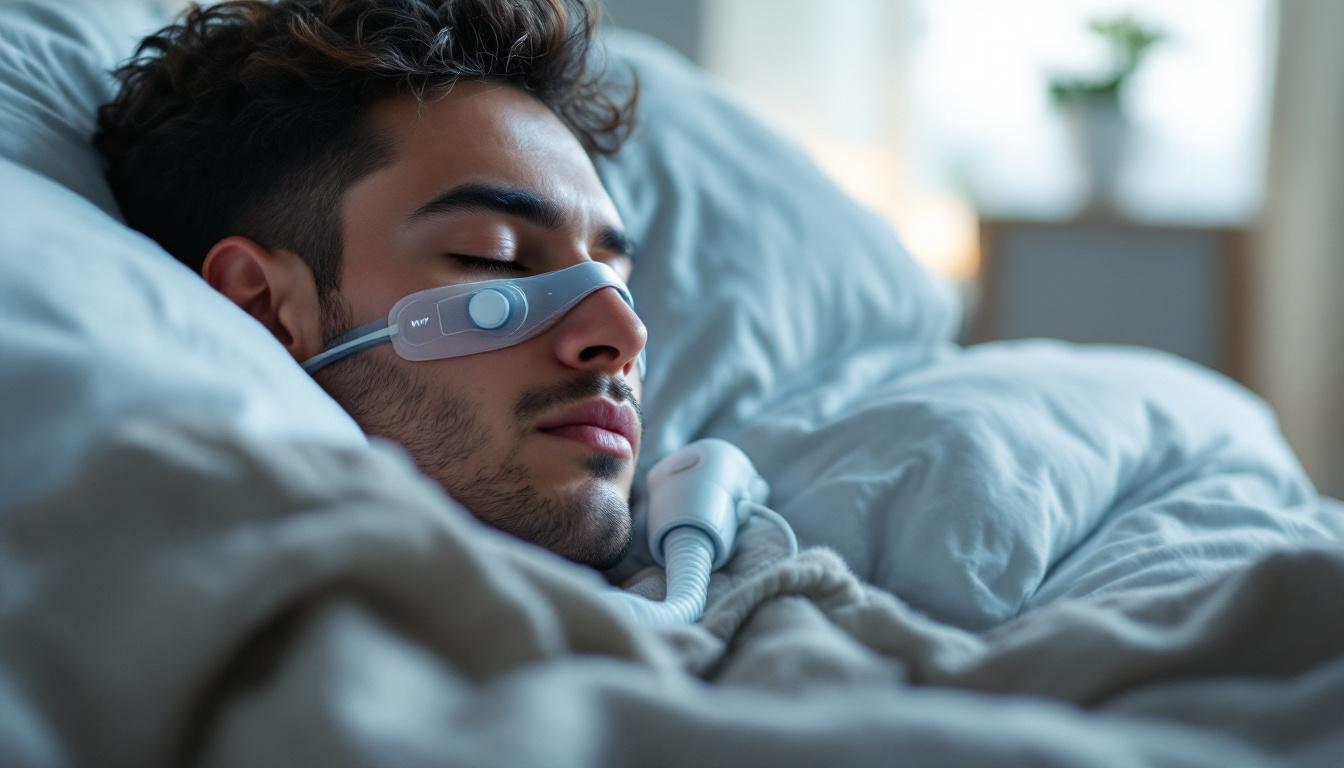
Individuals with untreated sleep apnea are at an increased risk of various health complications, including cardiovascular problems, diabetes, and stroke. Moreover, the disorder can significantly impair cognitive function and overall quality of life. Therefore, recognising the symptoms and seeking timely testing is imperative.
Common Symptoms of Sleep Apnea
Identifying sleep apnea can be challenging, as many symptoms may be overlooked or attributed to other conditions. Common signs include loud snoring, gasping or choking during sleep, and excessive daytime sleepiness. Other symptoms may encompass difficulty concentrating, irritability, and morning headaches. If these symptoms resonate, it may be time to consider testing.
In addition to the more commonly known symptoms, individuals suffering from sleep apnea may also experience mood swings and a decreased libido, which can further complicate personal relationships and overall well-being. The repeated interruptions in breathing can lead to fragmented sleep patterns, resulting in a lack of restorative sleep, which is crucial for mental and physical health. Consequently, those affected may find themselves struggling with memory issues and a general sense of fatigue that permeates their daily activities, making it vital to address these concerns with a healthcare professional.
Learn more on: Sleep Study Sydney Cost: Understanding Your Options
Risk Factors
Certain factors can increase the likelihood of developing sleep apnea. These include obesity, a family history of sleep apnea, smoking, and excessive alcohol consumption. Additionally, anatomical features such as a thick neck, enlarged tonsils, or a recessed chin can contribute to the risk. Understanding these factors can help individuals assess their risk and seek testing proactively.
Furthermore, age plays a significant role in the prevalence of sleep apnea, with older adults being more susceptible to the condition due to natural changes in muscle tone and respiratory function. Men are also statistically more likely to develop sleep apnea than women, although the risk for women increases post-menopause. It is crucial for individuals to be aware of these risk factors, as lifestyle modifications—such as weight loss, smoking cessation, and reducing alcohol intake—can significantly mitigate the chances of developing this disruptive sleep disorder. By taking proactive steps, individuals can improve their overall health and quality of life, making it essential to engage in open discussions with healthcare providers regarding personal risks and symptoms. Learn more about alcohol on https://www.health.harvard.edu/blog/alcohol-and-your-health-risks-benefits-and-controversies-202501273088
Types of Sleep Apnea Tests
In Sydney, there are several options available for testing sleep apnea, ranging from home-based tests to more comprehensive evaluations conducted in sleep laboratories. Each method has its advantages and may be suited to different situations.
Home Sleep Apnoea Testing (HSAT)
Home sleep apnoea testing is a convenient option for many individuals. This method typically involves using portable monitoring devices that can be used in the comfort of one’s home. These devices measure various parameters, including airflow, oxygen levels, and heart rate, to assess sleep patterns and identify apnoea events.
Home tests are often less expensive and more accessible than in-lab tests, making them a popular choice for many patients. However, they may not be suitable for everyone, particularly those with complex sleep disorders or other medical conditions that require more comprehensive evaluation.
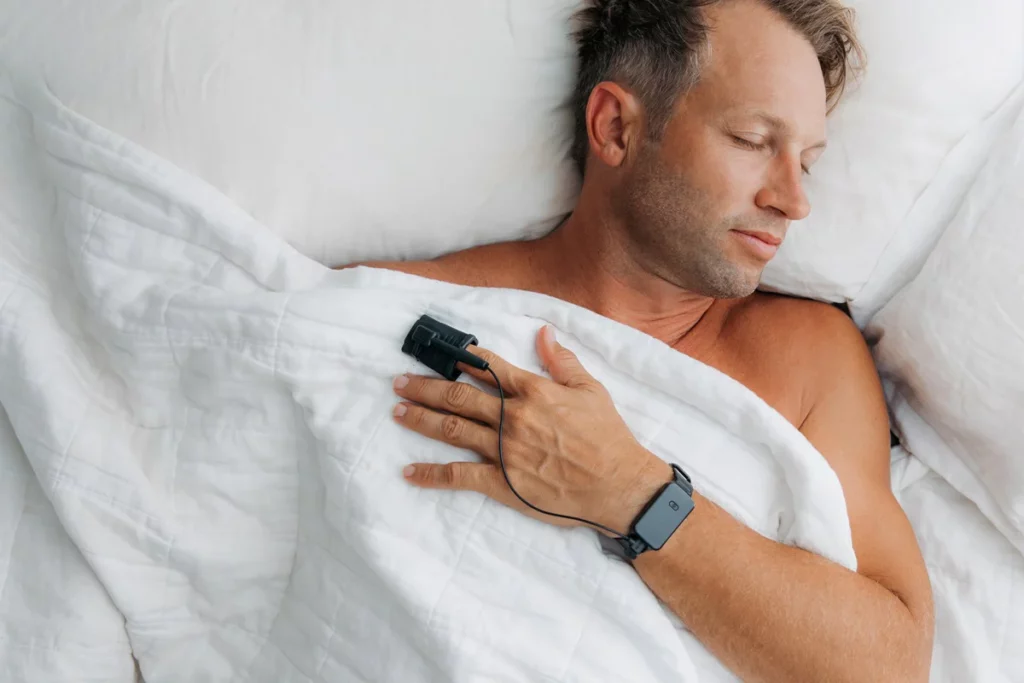
Polysomnography (PSG)
Polysomnography, or in-lab sleep studies, is considered the gold standard for diagnosing sleep apnea. This test is conducted in a specialised sleep centre and involves monitoring a wide range of physiological signals during sleep. Parameters measured include brain activity, eye movements, heart rate, respiratory effort, and blood oxygen levels.
While polysomnography is more comprehensive and can provide detailed insights into sleep patterns, it is also more invasive and typically requires an overnight stay at the facility. This method is often recommended for individuals with more complex symptoms or those who have not responded to treatment from home testing.
Getting Tested in Sydney
For those seeking a sleep apnea test in Sydney, the process can be streamlined by following a few essential steps. Understanding where to go and what to expect can significantly reduce the time from symptom recognition to diagnosis.
Consultation with a Healthcare Professional
The first step in getting tested for sleep apnea is to consult with a healthcare professional. This could be a general practitioner or a sleep specialist. During this consultation, the doctor will review your symptoms, medical history, and any risk factors that may contribute to sleep apnea. They may also conduct a physical examination to assess your airway and overall health.
Based on this initial assessment, the doctor will determine whether a sleep study is necessary and which type of test would be most appropriate. They may refer you to a sleep clinic or provide you with a home testing kit, depending on your specific needs.
Scheduling the Test
Once the need for testing has been established, scheduling the test is the next step. Many sleep clinics in Sydney offer flexible appointment times to accommodate patients’ needs. It is advisable to check with your healthcare provider regarding any referrals or recommendations for specific clinics.
For home sleep tests, the process is typically straightforward. Patients are provided with a device, along with instructions on how to use it, and are usually required to return the device after a few nights of monitoring. For in-lab tests, patients will be given specific instructions regarding preparation, such as avoiding caffeine or certain medications before the study. Click here to find more about monitoring.
Interpreting Test Results
After the sleep study has been completed, the results will be analysed by a qualified sleep specialist. This analysis will determine whether sleep apnea is present and, if so, the severity of the condition. Understanding these results is crucial for determining the appropriate treatment.
Understanding the Severity of Sleep Apnea
Sleep apnea severity is typically classified into three categories: mild, moderate, and severe. This classification is based on the Apnoea-Hypopnoea Index (AHI), which measures the number of apnoeas and hypopnoeas per hour of sleep. A higher AHI indicates a more severe condition, which may require more intensive treatment options.
For instance, mild cases may be managed with lifestyle changes, while moderate to severe cases often necessitate the use of Continuous Positive Airway Pressure (CPAP) machines or other interventions. Understanding the severity of the condition can empower patients to take informed steps towards managing their health.
Next Steps After Diagnosis
Upon receiving a diagnosis, it is essential for patients to discuss treatment options with their healthcare provider. Treatment may include lifestyle modifications, such as weight loss and avoiding alcohol, as well as medical interventions like CPAP therapy. In some cases, surgery may be recommended to correct anatomical issues contributing to sleep apnea.
Additionally, ongoing follow-up and monitoring may be necessary to ensure that treatment is effective and to make adjustments as needed. Engaging in open communication with healthcare professionals can lead to better outcomes and improved quality of life.
Conclusion
With the right approach, individuals can take control of their sleep health, leading to improved well-being and a better quality of life. For those experiencing symptoms of sleep apnea, seeking testing should be a priority. The journey to better sleep starts with understanding and action.

